Home>Storage Ideas>Storage Baskets>How Often Should You Water Your Hanging Baskets?
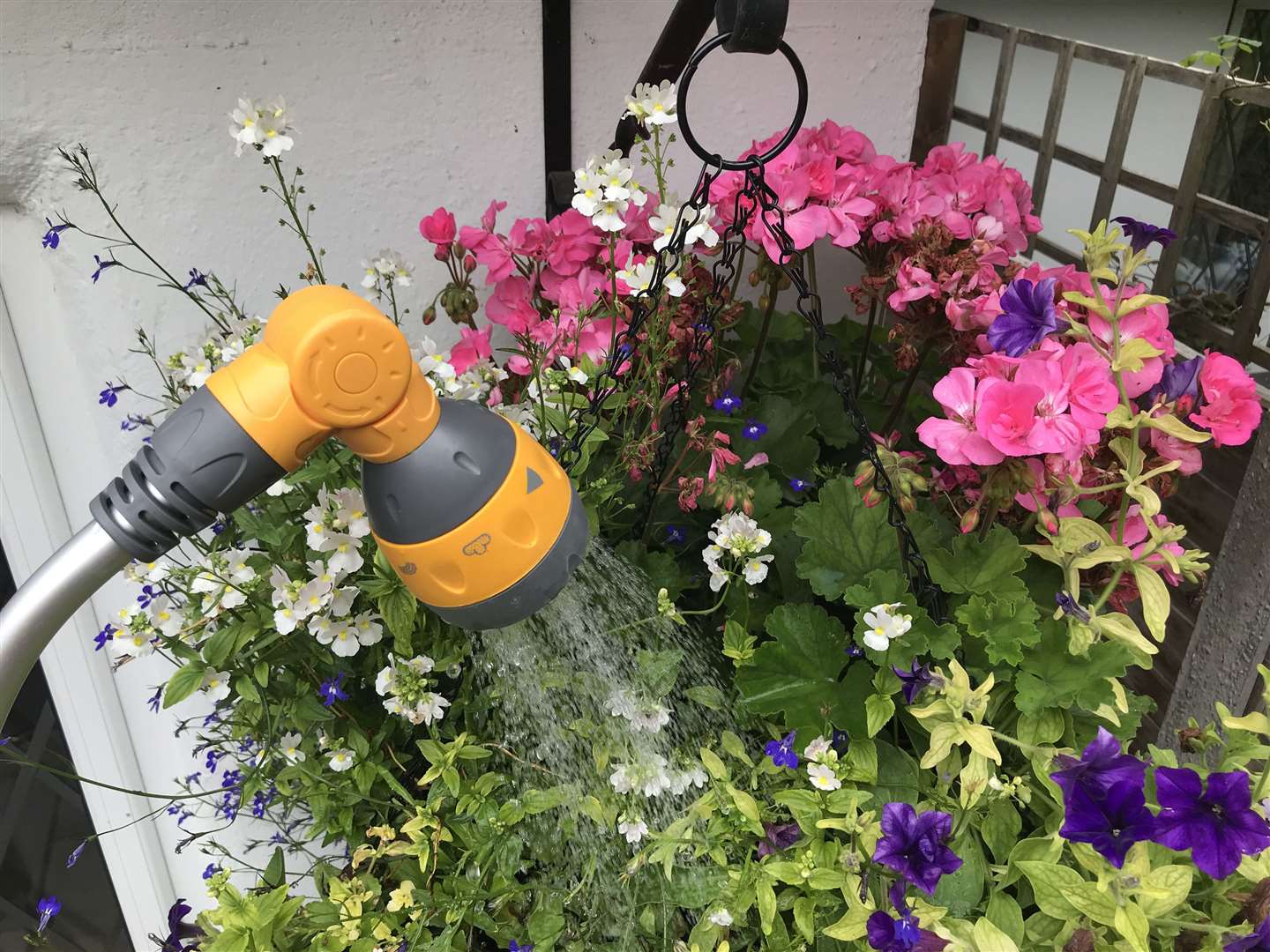

Storage Baskets
How Often Should You Water Your Hanging Baskets?
Modified: December 7, 2023
Discover the best watering routine for your hanging storage baskets. Learn how often you should water them to keep your plants healthy and thriving.
(Many of the links in this article redirect to a specific reviewed product. Your purchase of these products through affiliate links helps to generate commission for Storables.com, at no extra cost. Learn more)
Introduction
Welcome to the world of hanging baskets! These versatile containers not only add beauty and charm to any space, but they also provide an opportunity to showcase a variety of plants and flowers. One of the most important aspects of caring for hanging baskets is proper watering. Watering is essential to the health and longevity of the plants in your baskets, but finding the right balance can sometimes be a challenge.
Knowing how often to water your hanging baskets is crucial to preventing both underwatering and overwatering, which can negatively impact the plants’ growth and overall health. In this article, we will explore the factors to consider before watering your hanging baskets, signs of underwatering and overwatering to look out for, as well as helpful tips and guidelines to ensure your hanging baskets thrive.
When it comes to watering hanging baskets, there are several key factors to consider. The type of plant, the size and material of the basket, the weather conditions, and the overall environment all play a role in determining how often you should water. By understanding these factors, you can develop a watering routine that meets the specific needs of your plants.
Underwatering is a common problem that can lead to stunted growth and eventually kill the plants in your hanging baskets. Some signs of underwatering include wilting leaves, dry soil, and a general lack of vitality in the plants. On the other hand, overwatering can lead to root rot, fungal diseases, and droopy foliage. Signs of overwatering include yellowing leaves, a foul odor coming from the soil, and the presence of mold or fungus.
Learning how to properly water your hanging baskets is crucial to maintaining their health and vibrancy. When it comes to watering, aim to moisten the soil evenly, ensuring that water reaches the roots and doesn’t just collect on the surface. It’s also important to avoid letting the plants sit in standing water as this can lead to root damage. Instead, use techniques such as bottom watering or the soak and dry method to ensure the plants receive adequate hydration.
Timing is essential when it comes to watering hanging baskets. The best time of day to water is generally in the morning, allowing the plants to absorb moisture throughout the day and reducing the risk of fungal diseases. However, the weather and specific plant requirements can also influence the ideal watering time.
The watering frequency for your hanging baskets will depend on the type of plants you have chosen. Some plants, like succulents and cacti, require less frequent watering, while others, like ferns and tropical plants, may need more regular watering. Understanding the specific needs of your plants will help you develop a watering schedule that promotes optimal growth and health.
As the seasons change, so do the watering requirements of your hanging baskets. During the warmer months, plants may require more frequent watering due to increased evaporation and higher temperatures. Conversely, in colder months, water needs may decrease. Being attuned to these seasonal changes will help you adjust your watering routine accordingly.
Successfully watering your hanging baskets requires a combination of knowledge and observation. Keeping an eye on the plants’ appearance, monitoring soil moisture levels, and adjusting your watering techniques accordingly will ensure the long-term health and beauty of your hanging baskets.
With the tips and guidelines in this article, you’ll be well-equipped to navigate the world of watering hanging baskets and keep your plants thriving. So, let’s dive in and explore how to create the perfect hydration routine for your hanging baskets!
Key Takeaways:
- Proper watering is crucial for hanging baskets. Factors like plant type, basket size, and weather affect watering needs. Recognize signs of underwatering and overwatering to adjust watering practices and ensure plant health.
- Adjust watering frequency based on seasonal changes and plant types. Use techniques like bottom watering and the soak and dry method. Consistency and observation are key to successful watering for hanging baskets.
Factors to Consider Before Watering Hanging Baskets
Before watering your hanging baskets, there are several important factors that you need to take into consideration. These factors will help you determine the watering needs of your plants and ensure that you provide them with the proper hydration they require for healthy growth. Let’s explore these factors in detail:
- Type of Plant: Different plants have different water requirements. Some plants prefer moist soil, while others thrive in drier conditions. It’s important to research and understand the specific needs of the plants in your hanging baskets. Whether you have flowering plants, succulents, ferns, or herbs, knowing the water preferences of each plant will guide you in determining the appropriate watering frequency.
- Basket Size and Material: The size and material of the hanging basket can impact its water retention capabilities. Baskets made of porous materials like terracotta or wire mesh may dry out more quickly than those made of plastic or resin. Larger baskets have a greater soil volume, which can retain moisture for a longer period. Consider the size and material of your basket to gauge how often you should water.
- Weather Conditions: The weather plays a significant role in how often you need to water your hanging baskets. On hot, sunny days, the soil dries out faster, necessitating more frequent watering. Windy conditions can also contribute to faster evaporation. Conversely, cool and humid weather may require less frequent watering. Keep an eye on the weather forecast and adjust your watering routine accordingly.
- Environment: The specific environment where your hanging baskets are located can affect their watering needs. Indoor hanging baskets typically have more stable conditions with controlled temperatures and limited exposure to natural elements. Outdoor hanging baskets, on the other hand, are subjected to varying temperatures, wind, and rain. Take into account the specific environment in which your baskets are placed to determine the appropriate watering frequency.
- Root Development: The stage of root development also impacts watering requirements. Newly planted hanging baskets may need more frequent watering to promote root establishment and growth. Once the plants are established and roots have developed, watering frequency can be adjusted to meet their specific needs.
By considering these factors, you can develop a watering routine that caters to the unique needs of your hanging baskets. Remember, it’s important to observe the plants closely and adjust your watering schedule as needed. Providing the right amount of water at the right time will contribute to the overall health and vitality of your hanging baskets.
Signs of Underwatering Hanging Baskets
Underwatering is a common issue that can have detrimental effects on the health and appearance of your hanging baskets. It’s crucial to be able to recognize the signs of underwatering so that you can take prompt action to revive your plants. Here are some key indicators to look out for:
- Wilting Leaves: One of the most obvious signs of underwatering is wilting leaves. When plants are deprived of water, their leaves start to droop and lose their turgidity. However, it’s important to note that wilting can also be a sign of other issues, so it’s essential to consider other factors such as soil moisture and temperature.
- Dry Soil: Underwatered hanging baskets often have dry soil. You can check the soil moisture by inserting your finger about an inch into the soil. If it feels dry to the touch, it’s a strong indication that your plants need watering.
- Stunted Growth: Insufficient water supply can hinder the growth of plants in hanging baskets. If you notice that your plants are not growing as vigorously as they should or if new leaves fail to emerge, it could be a sign of underwatering.
- Leaf Crisping and Browning: Underwatered plants may develop crispy or brown edges on their leaves. This is a defensive mechanism that plants employ to conserve water. When water is scarce, plants prioritize watering their core leaves, and the outer edges suffer.
- Dull and Lackluster Appearance: When plants are underwatered, they often appear dull and lack vitality. This can be characterized by a loss of vibrancy in leaf color or a general lackluster appearance in the overall growth of the plant.
- Lightweight Basket: If you notice that your hanging basket feels exceptionally light, even after watering, it’s a strong indication that the plants have been underwatered. This is because the soil hasn’t absorbed enough water to sustain the plants’ needs.
If you observe any of these signs in your hanging baskets, it’s crucial to promptly address the issue and provide the necessary hydration. Water the plants thoroughly until the soil is moist, but not waterlogged. It’s important to strike a balance and avoid overcompensating by overwatering, as this can lead to its own set of problems.
Keep in mind that different plants have varying water requirements, so understanding the specific needs of your plants is crucial. By recognizing the signs of underwatering and taking immediate action, you can help your hanging baskets thrive and regain their health and beauty.
Signs of Overwatering Hanging Baskets
Overwatering is just as detrimental to the health of your hanging baskets as underwatering. It’s essential to be able to identify the signs of overwatering to prevent root rot and other issues caused by excessive moisture. Here are some common indicators of overwatering to look out for:
- Yellowing Leaves: A classic sign of overwatering is the development of yellowing leaves. When plants receive too much water, the roots become waterlogged, inhibiting their ability to absorb nutrients properly. This leads to nutrient deficiencies, resulting in yellowing leaves.
- Foul Odor: If you detect a foul odor emanating from the soil in your hanging basket, it’s likely due to overwatering. Excess moisture creates a breeding ground for bacteria and fungi, leading to decomposition of organic matter and the release of unpleasant odors.
- Mold or Fungus Growth: Overwatered hanging baskets provide the optimal conditions for mold and fungal growth. You may notice the presence of a white, powdery substance on the soil surface or on the plant’s leaves. This indicates the presence of fungal pathogens, which can harm the plants if left unchecked.
- Droopy Foliage: While wilting can be a sign of both underwatering and overwatering, overwatered plants often exhibit droopy foliage that feels soft to the touch. This is due to the excess moisture, which leads to weakened root systems and limited nutrient uptake.
- Root Rot: Overwatering can cause the roots to become waterlogged and deprived of oxygen. This leads to root rot, a condition in which the roots decay and become mushy or blackened. Root rot can severely hinder the plant’s ability to absorb water and nutrients, eventually leading to its demise.
- Stunted Growth: Excessive water in the soil hinders the availability of oxygen, which is essential for root development and overall plant growth. Over time, overwatered plants may exhibit stunted growth or fail to produce new growth.
If you notice any of these signs in your hanging baskets, it’s crucial to address the issue of overwatering promptly. Allow the soil to dry out before watering again, and ensure that you’re not providing more water than the plants actually need. It’s important to create a balance between hydration and proper drainage.
To prevent overwatering, ensure that your hanging baskets have adequate drainage holes to allow excess water to escape. Use well-draining potting soil specifically formulated for container gardening. Additionally, adjust your watering frequency based on the specific needs of your plants and the prevailing environmental conditions.
By being vigilant and taking appropriate measures to prevent overwatering, you can maintain the health and vigor of your hanging baskets and enjoy their beauty for years to come.
How to Water Hanging Baskets
Properly watering your hanging baskets is essential to keeping your plants healthy and thriving. Here are some helpful tips and techniques to ensure that you water your hanging baskets effectively:
- Check Soil Moisture: Before watering your hanging baskets, always check the moisture level of the soil. Insert your finger about an inch into the soil to determine if it feels dry. If the soil feels moist, hold off on watering until it becomes slightly drier.
- Water Evenly: When watering your hanging baskets, it’s important to distribute the water evenly throughout the soil. Aim to moisten the entire root zone, ensuring that the water reaches the roots and doesn’t just collect on the surface. This will encourage proper hydration and prevent waterlogging.
- Bottom Watering: Bottom watering is an effective technique for watering hanging baskets. Place the basket in a shallow tray filled with water and allow the soil to soak up the water from the bottom. This method ensures that water is absorbed by the roots where it’s needed most.
- Soak and Dry Method: Another approach to watering hanging baskets is the “soak and dry” method. This involves thoroughly saturating the soil until water starts to drain from the bottom of the basket. Allow the soil to dry out slightly before watering again. This method mimics natural rainfall and encourages robust root development.
- Avoid Overwatering: Overwatering is a common mistake that can lead to root rot and other issues. To prevent overwatering, ensure that your hanging baskets have adequate drainage holes to allow excess water to escape. Avoid letting the plants sit in standing water, as it can suffocate the roots and lead to waterborne diseases.
- Observe the Plants: Pay attention to the plants in your hanging baskets. Each plant may have slightly different water needs, so observe how they respond to watering. Adjust your watering frequency and amount based on the individual needs of the plants.
- Watering Tools: Consider using a watering can with a slender spout or a watering wand with a flexible hose attachment to reach hanging baskets that may be difficult to access. These tools allow you to water the plants more precisely and avoid excessive splashing.
Remember, consistency is key when watering hanging baskets. Develop a regular watering schedule that aligns with the needs of your plants and the prevailing weather conditions. During hotter months, you may need to water your hanging baskets more frequently to account for increased evaporation.
By following these watering techniques and adapting them to the needs of your specific plants, you can provide optimal hydration and promote healthy growth in your hanging baskets. Happy watering!
Water your hanging baskets when the top inch of the soil feels dry to the touch. This will help prevent overwatering and ensure that the plants have enough moisture to thrive.
Best Time of Day to Water Hanging Baskets
Choosing the optimal time of day to water your hanging baskets can have a significant impact on the overall health and well-being of your plants. While the specific time may vary depending on factors such as climate and plant type, there are some general guidelines to follow. Here’s what you need to know about the best time of day to water your hanging baskets:
Morning: In most cases, watering your hanging baskets in the morning is considered the best time. The early morning hours provide several advantages for your plants. First, the temperatures are typically cooler, allowing the water to be absorbed before the heat of the day begins. Second, watering in the morning gives the plants ample time to dry off during the day, reducing the risk of fungal diseases.
Watering in the morning also ensures that the plants are hydrated and energized for the day ahead. They can absorb the moisture and utilize it for photosynthesis and growth during the daylight hours. Additionally, watering in the morning allows the plants to be more resilient to the hot afternoon sun, as their cells are full and well-hydrated.
Avoiding Midday: It’s generally advised to avoid watering your hanging baskets during the middle of the day, especially in hot climates. Watering during the peak heat can lead to excessive evaporation, meaning that the plants may not receive adequate hydration. Additionally, water droplets on the leaves can act as magnifying glasses, intensifying the sun’s rays and causing leaf burn or scorching.
Evening: While watering in the evening may seem like a good idea to some, it’s generally not recommended as the primary time to water hanging baskets. Watering in the evening can create conditions conducive to fungal diseases, as the plants remain damp for an extended period overnight. However, if you live in a particularly hot or dry climate, watering in the evening may be a viable option as the temperatures cool down.
Ultimately, the best time of day to water your hanging baskets may depend on a variety of factors such as the climate in your area, the specific needs of your plants, and your own schedule. It’s important to observe your plants closely and assess their moisture levels regularly to ensure they’re receiving the appropriate amount of water.
Another essential consideration is consistency. Developing a watering routine and sticking to it will help your plants establish healthy growth patterns and avoid the stress caused by erratic watering practices.
Remember, each plant is unique, so it’s essential to understand the specific watering requirements of the plants in your hanging baskets. By considering these factors and adjusting your watering schedule accordingly, you can provide the optimal care for your hanging baskets and promote their overall health and beauty.
Watering Frequency for Different Types of Plants
When it comes to watering hanging baskets, the frequency will vary depending on the types of plants you have. Each plant has its own specific water requirements based on factors such as its natural habitat, leaf structure, and root system. Here are some general guidelines for watering frequency for different types of plants commonly found in hanging baskets:
- Flowering Plants: Many flowering plants in hanging baskets, such as petunias, geraniums, and begonias, have moderate water requirements. These plants typically thrive in consistently moist soil. Water them when the top inch of soil feels slightly dry, aiming to keep the soil evenly moist but not waterlogged.
- Succulents and Cacti: Succulents and cacti are known for their ability to store water in their leaves and stems, making them more tolerant of drought conditions. These plants prefer drier soil and should be watered sparingly. Allow the soil to dry out completely between waterings to prevent root rot.
- Ferns: Ferns are moisture-loving plants and require more frequent watering compared to other varieties. Keep the soil evenly moist, but be cautious not to overwater, as this can lead to root rot. Monitor the soil moisture levels and water when the top inch of soil feels slightly dry.
- Tropical Plants: Tropical plants, such as philodendrons and pothos, generally prefer consistently moist soil. Aim to water them when the top inch of soil feels slightly dry. These plants benefit from higher humidity levels, so misting their leaves or placing a tray of water nearby can help create a more humid environment.
- Herbs: Herbs like rosemary, thyme, and basil require well-draining soil and should not be overwatered. Allow the top inch of soil to dry out between waterings, but avoid letting the soil become bone dry. Adjust the frequency based on the moisture needs of the specific herb and the prevailing environmental conditions.
It’s essential to observe your plants closely and monitor their response to watering. Consider factors such as the size of the hanging basket, the material of the basket, and the prevailing weather conditions to determine the appropriate watering frequency.
Remember, watering needs may vary during different seasons. During the hotter months, plants may require more frequent watering due to increased evaporation, while colder months may require less frequent watering. Adjust your watering schedule accordingly to meet the seasonal needs of your plants.
Lastly, always check the soil moisture before watering. Use your finger to feel the top inch of soil, and if it feels dry, it’s generally an indication that your plants need watering.
By understanding the specific watering requirements of the plants in your hanging baskets and adapting your watering routine accordingly, you can provide the optimal care and ensure the long-term health of your plants.
How to Adjust Watering Frequency for Seasonal Changes
As the seasons change, so do the watering requirements of your hanging baskets. Adjusting the watering frequency based on seasonal changes is crucial to ensure that your plants receive the appropriate amount of water to thrive. Here are some helpful tips on how to adjust watering frequency for seasonal changes:
- Summer: In the summer months, temperatures are typically higher, and evaporation rates increase. As a result, your hanging baskets may require more frequent watering. Monitor the soil moisture closely and check for signs of wilting or dryness. Watering may be needed every 1-2 days in hot and dry conditions, ensuring that the soil remains evenly moist.
- Spring and Fall: During the transitional seasons of spring and fall, temperatures are generally milder. Assess the soil moisture regularly and adjust the watering schedule accordingly. Watering needs may be less frequent during these seasons compared to the summer months. Aim to keep the soil slightly moist, but not saturated, allowing the soil to dry out partially between waterings.
- Winter: In colder months, the growth rate of plants generally slows down, and watering needs decrease. The reduced evaporation rates and cooler temperatures mean that hanging baskets may require watering less frequently. It’s important to strike a balance and avoid overwatering during this time, as excess moisture combined with cooler temperatures can lead to root rot. Monitor the soil moisture and water your plants only when the top inch of soil feels dry.
- Rainfall: Take into account the amount of rainfall your area receives throughout the seasons. If your hanging baskets are exposed to rain, adjust your watering frequency accordingly. During periods of regular rainfall, you may need to reduce or even halt watering while ensuring that the soil doesn’t become waterlogged. On the other hand, during dry spells, you may need to supplement rainfall with additional watering to maintain adequate soil moisture levels.
Remember to consider the specific needs of the plants in your hanging baskets when adjusting watering frequency for seasonal changes. Pay attention to their overall health, leaf condition, and growth rate.
Regularly observe the moisture content of the soil by using your finger to assess the top inch of soil. Additionally, keep an eye out for signs of overwatering or underwatering, such as wilting, yellowing leaves, or soggy soil. These indications will help guide you in fine-tuning your watering routine as the seasons shift.
By adjusting the watering frequency to accommodate seasonal changes and the specific needs of your plants, you can ensure that your hanging baskets remain healthy and vibrant throughout the year.
Tips for Successfully Watering Hanging Baskets
Watering hanging baskets may seem straightforward, but by following some key tips and techniques, you can ensure that your plants receive the optimal care and thrive in their elevated environments. Here are some tips for successfully watering your hanging baskets:
- Know Your Plants: Different plants have varying water requirements. Take the time to research and understand the specific needs of the plants in your hanging baskets. Knowing their preferences for soil moisture and drainage will help you provide appropriate watering.
- Check Soil Moisture: Regularly check the moisture level of the soil by inserting your finger into the top inch. If the soil feels dry, it’s time to water. Avoid overwatering by ensuring that the soil has partially dried out between waterings.
- Water Evenly: Aim to water evenly, ensuring that the entire root zone receives moisture. Avoid concentrating water in one area, as this can lead to uneven growth and root issues. Water until you see water draining out of the bottom of the basket.
- Use the Right Watering Tool: Choose a watering tool that allows you to reach all areas of your hanging baskets effectively. A watering can with a slender spout or a watering wand with a flexible hose attachment can make the task more manageable, especially for baskets hung in higher or harder-to-reach locations.
- Consider Bottom Watering: Bottom watering can be a useful technique for ensuring thorough hydration. Place your hanging basket in a shallow tray of water and allow the soil to soak up moisture from the bottom. This method ensures that water is absorbed directly by the root system.
- Observe and Adjust: Pay close attention to your plants’ response to watering. Monitor their growth, leaf color, and overall health. Adjust your watering frequency and amount based on their individual needs, seasonal changes, and climatic conditions.
- Provide Adequate Drainage: Ensure that your hanging baskets have proper drainage holes to prevent water from accumulating and causing root rot. Use well-draining potting soil to help maintain ideal moisture levels.
- Maintain Consistency: Establish a consistent watering routine and stick to it. Plants thrive on consistency, and erratic watering practices can cause stress and lead to health issues. Develop a schedule that works well for you and your plants.
- Consider Plant Positioning: Take into account the position of your hanging baskets when watering. Baskets in direct sunlight or exposed to wind may dry out more quickly and require more frequent watering. Those in shadier areas or protected from wind may require less frequent watering.
- Observe Environmental Factors: Be mindful of environmental factors that can affect your plants’ water needs. These include temperature, humidity, and seasonal changes. Adjust your watering routine accordingly to provide the right amount of moisture based on the prevailing conditions.
Successful watering of hanging baskets is a combination of observation, knowledge, and consistency. By applying these tips, you can ensure that your plants remain lush, healthy, and beautiful for seasons to come.
Read more: How Often Should You Drain Your Water Heater
Conclusion
Proper watering is essential for the health and vitality of your hanging baskets. Understanding the factors that influence watering needs, recognizing the signs of underwatering and overwatering, and utilizing the right techniques will help your plants thrive. By adhering to the following key points, you can ensure successful watering for your hanging baskets:
Firstly, consider the factors that impact watering, such as the type of plant, basket size and material, weather conditions, and the environment. These factors will guide you in determining the appropriate watering frequency and amount for your plants.
Recognizing the signs of underwatering, such as wilting leaves and dry soil, and the signs of overwatering, such as yellowing leaves and root rot, is crucial. Understanding these indicators allows you to take prompt action to adjust your watering practices accordingly.
When watering your hanging baskets, aim to distribute water evenly, moistening the entire root zone. Techniques like bottom watering and the soak and dry method can help ensure that water reaches the roots effectively. Remember to avoid overwatering and allowing plants to sit in standing water.
The best time of day to water is generally in the morning, as it allows the plants to absorb moisture throughout the day and reduces the risk of fungal diseases. However, adjust your watering time based on plant needs and environmental conditions. Consistency is important, so develop a watering routine that suits your plants and lifestyle.
Watering frequency varies based on plant types. Flowering plants, ferns, and tropical plants tend to require more frequent watering, while succulents and cacti prefer drier conditions. Be attentive to the specific needs of your plants to provide the appropriate level of hydration.
As the seasons change, adjust your watering frequency accordingly. In summer, when temperatures rise, increase watering to account for higher evaporation rates. During transitional seasons like spring and fall, assess the soil moisture and adjust watering to maintain optimal levels. In winter, reduce watering as plants have slower growth rates.
In conclusion, successful watering of hanging baskets relies on understanding your plants’ needs, observing their response to watering, and adapting to changing conditions. By incorporating the tips and techniques outlined in this article, you can ensure that your hanging baskets flourish with vibrant and healthy growth. Take care of your plants, and enjoy the beauty they bring to your space!
Frequently Asked Questions about How Often Should You Water Your Hanging Baskets?
Was this page helpful?
At Storables.com, we guarantee accurate and reliable information. Our content, validated by Expert Board Contributors, is crafted following stringent Editorial Policies. We're committed to providing you with well-researched, expert-backed insights for all your informational needs.
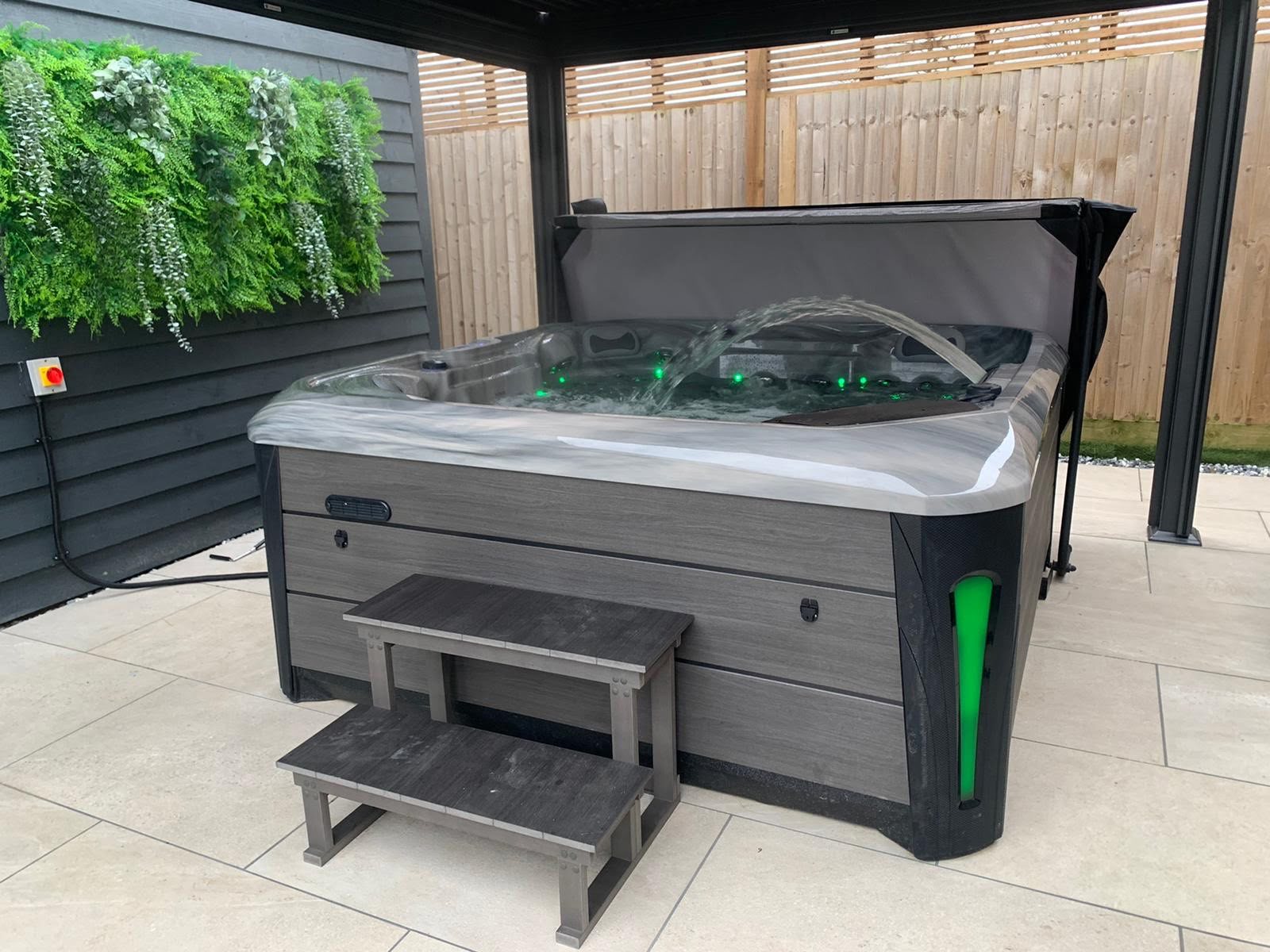
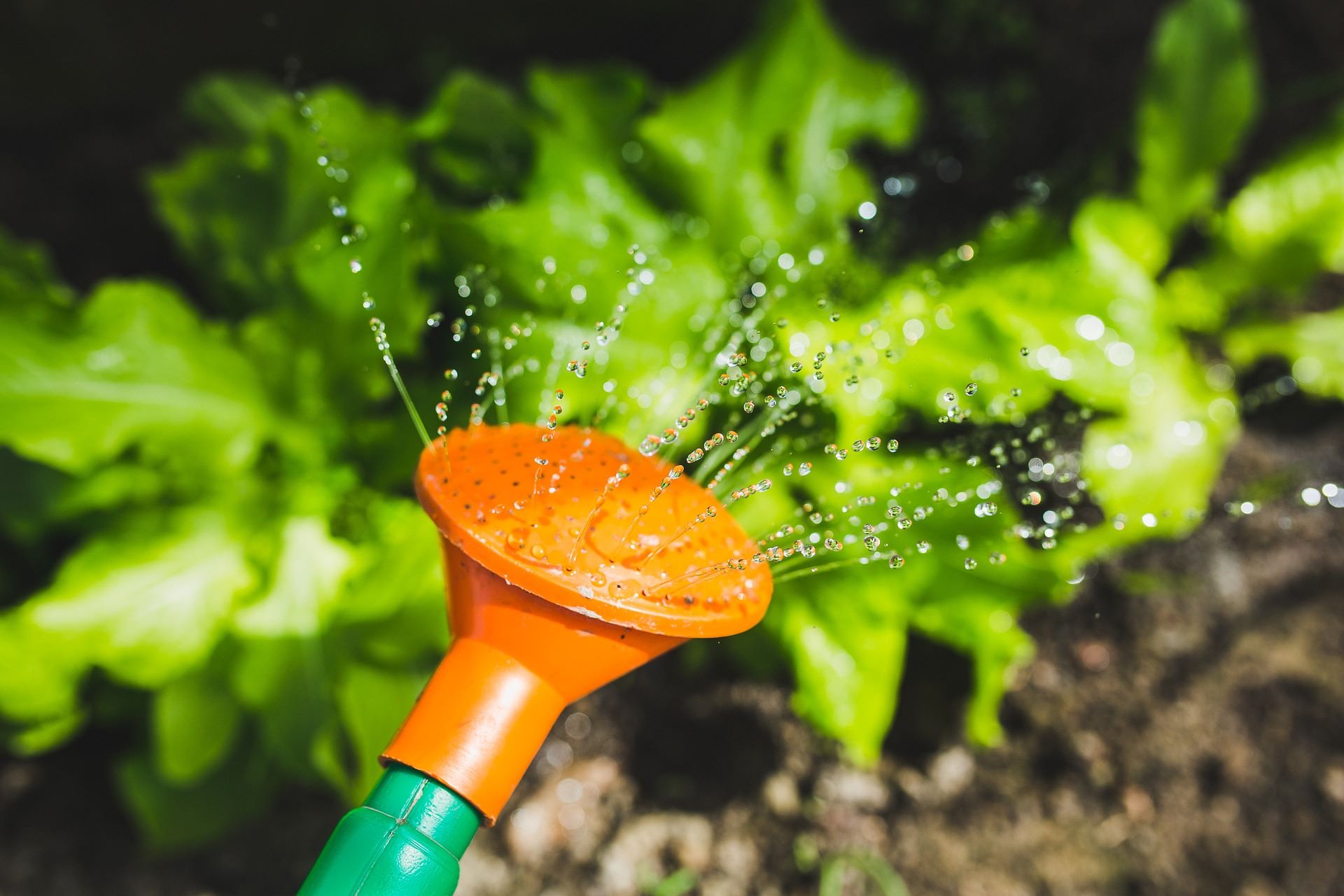
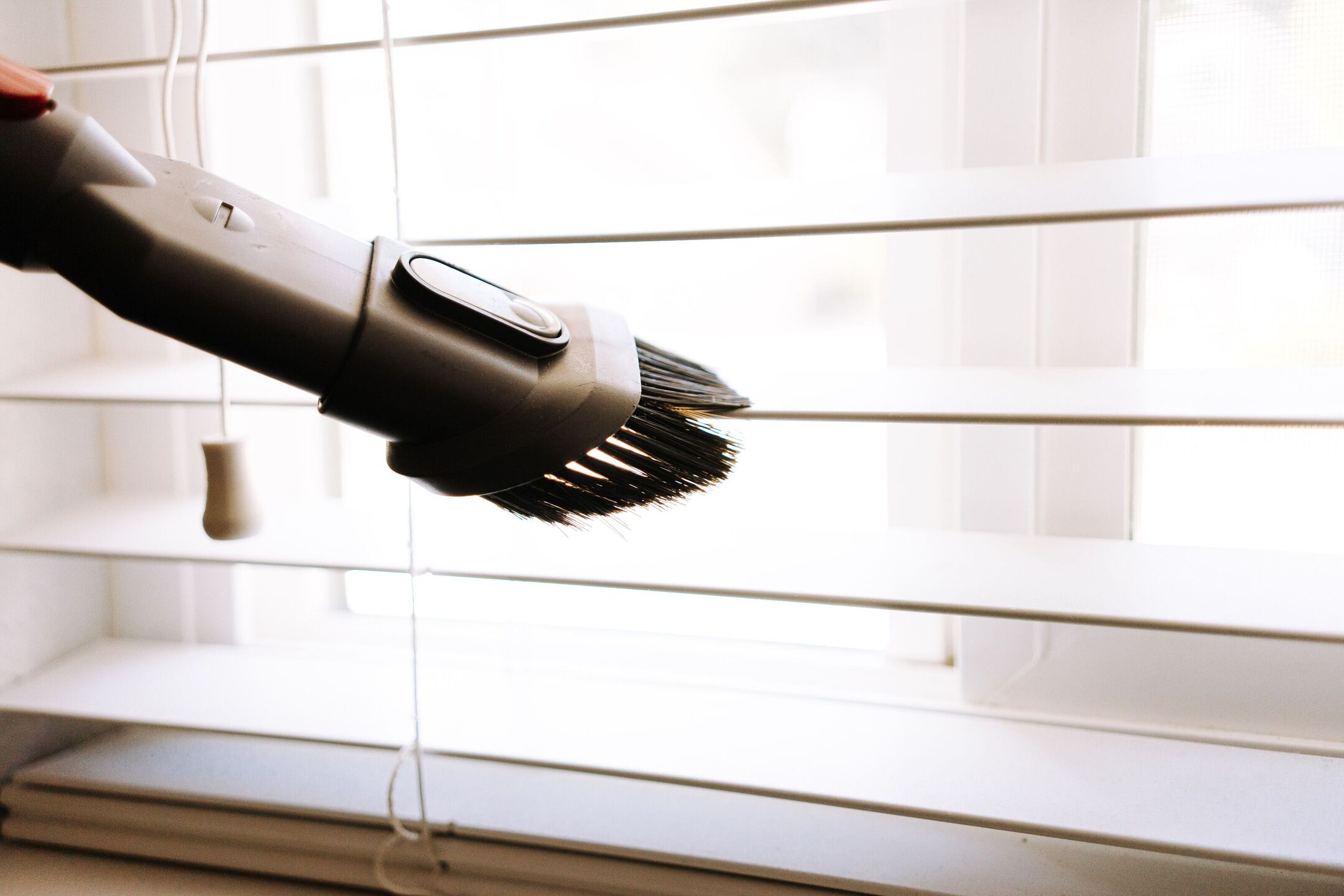
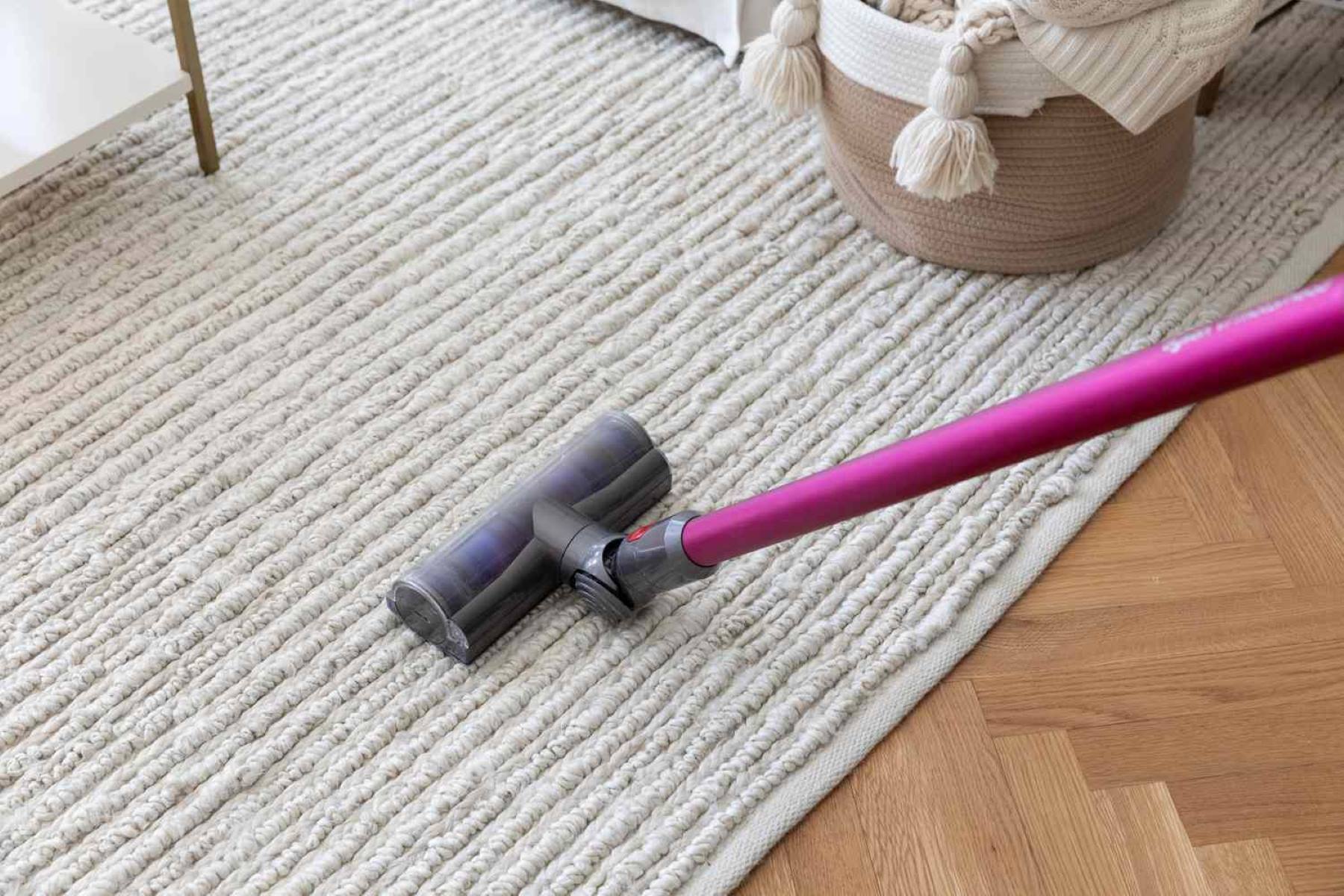
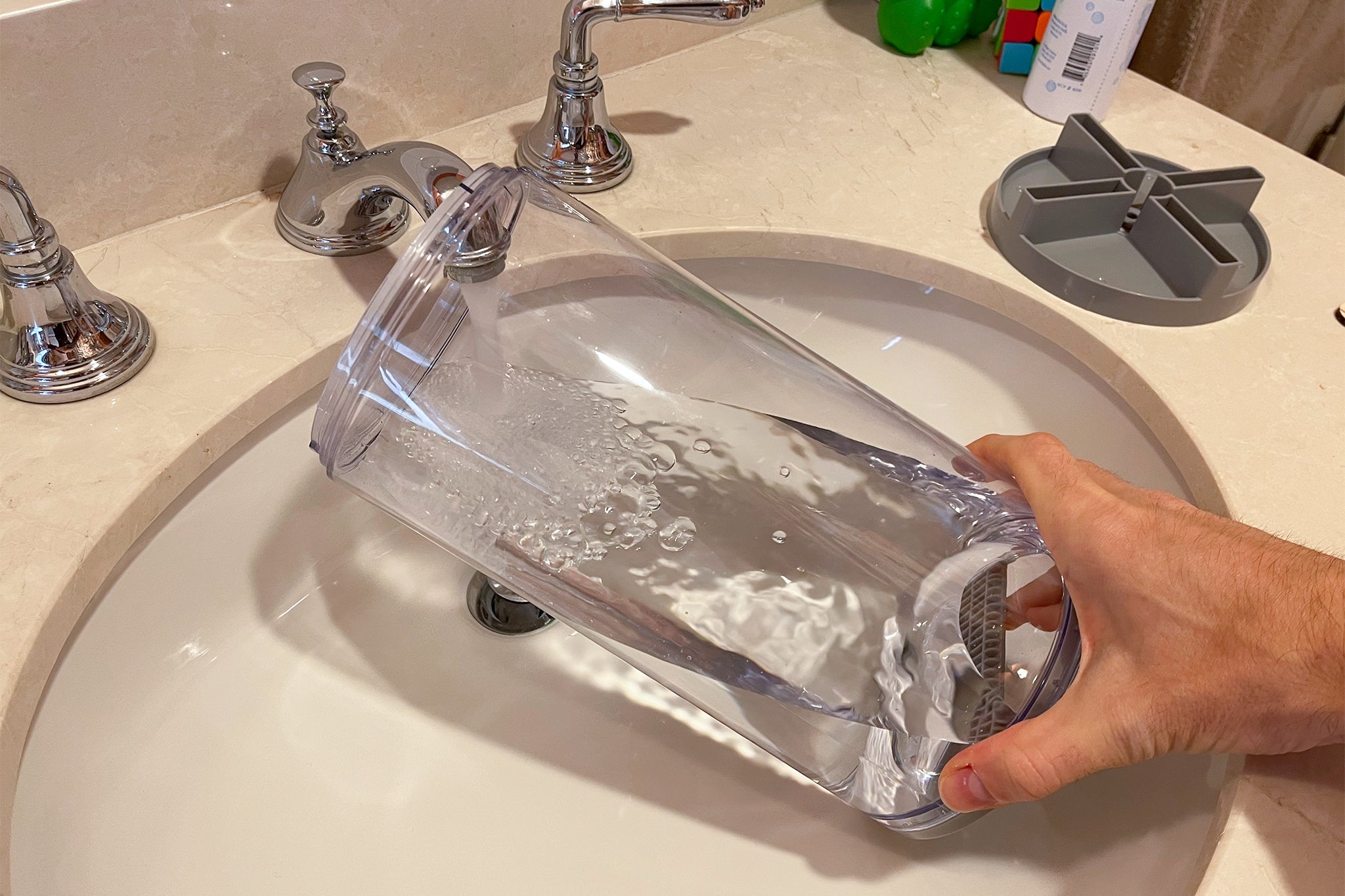

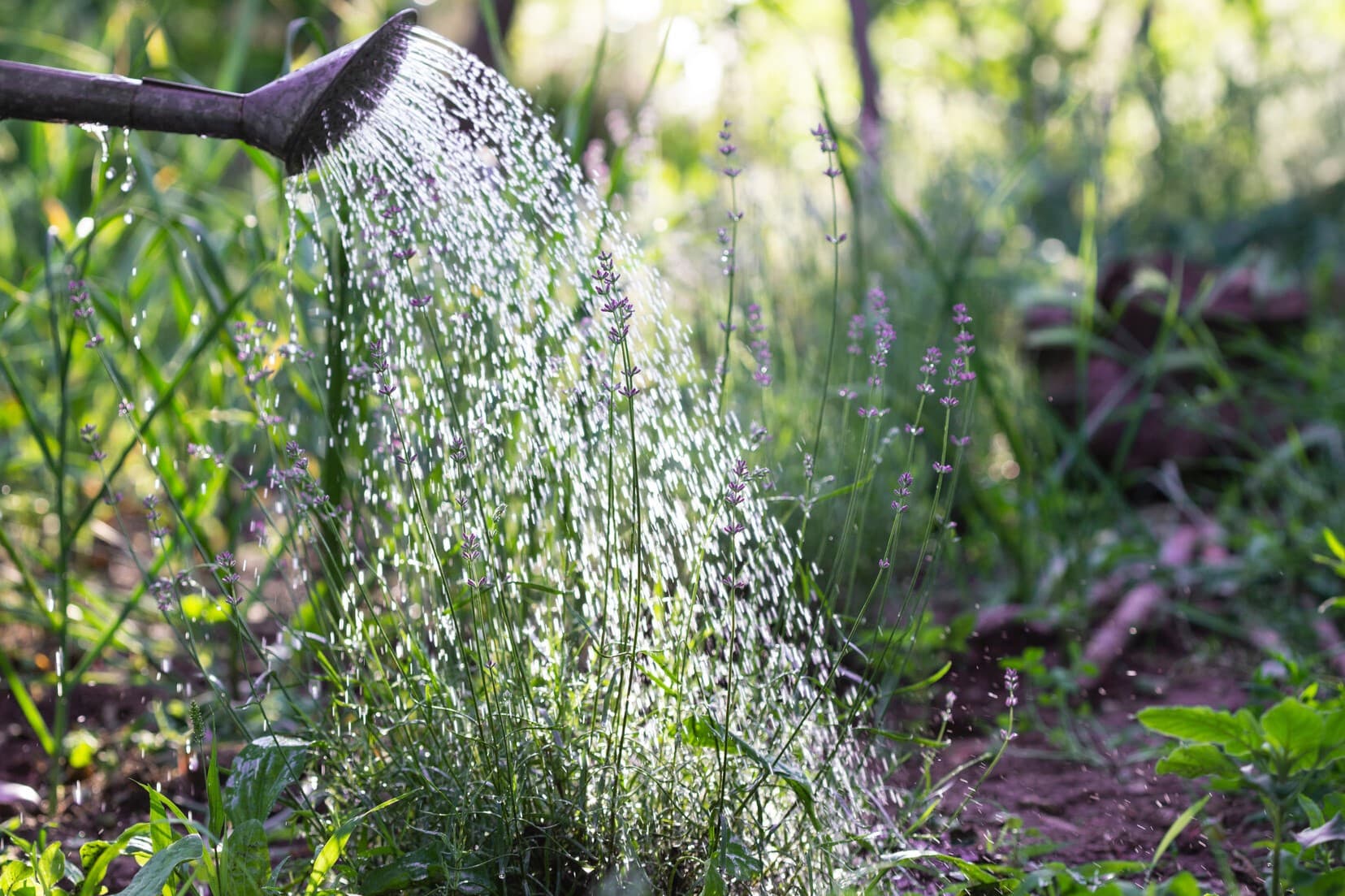
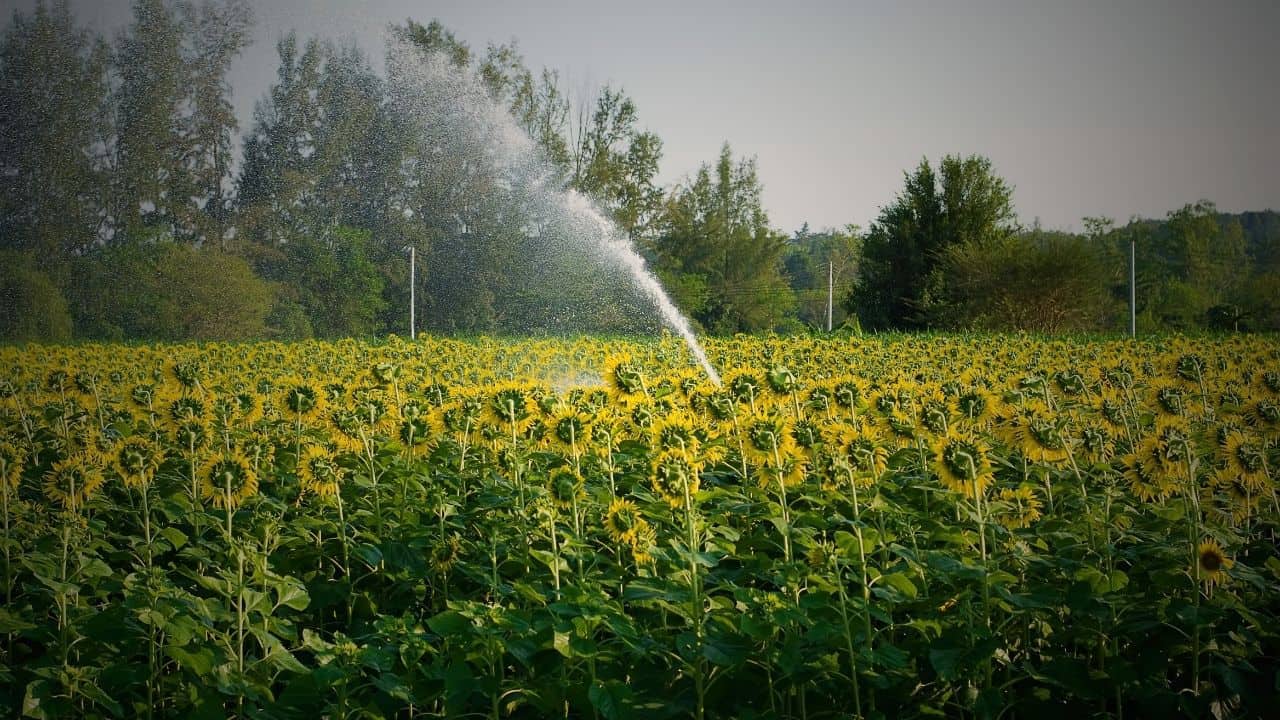

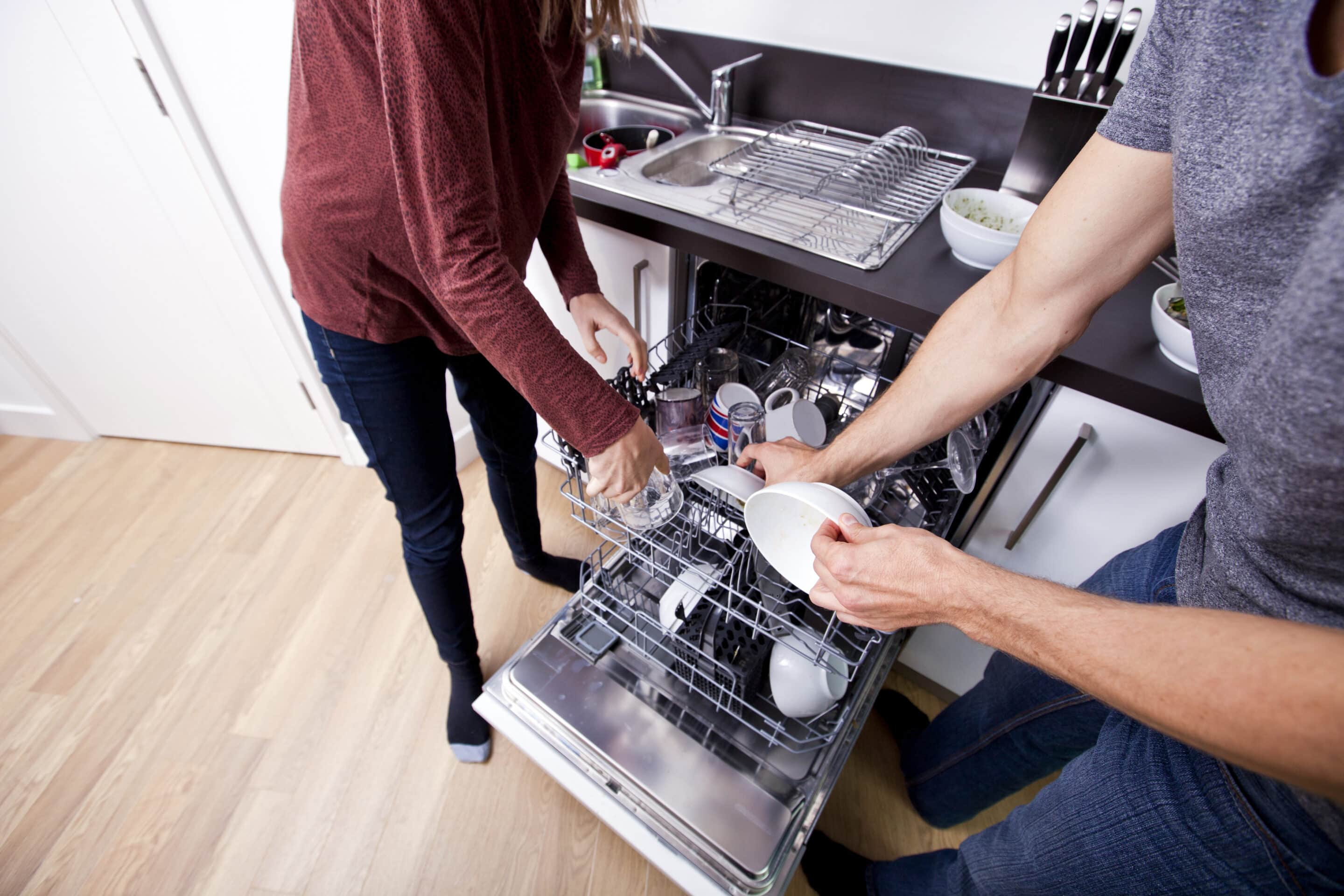
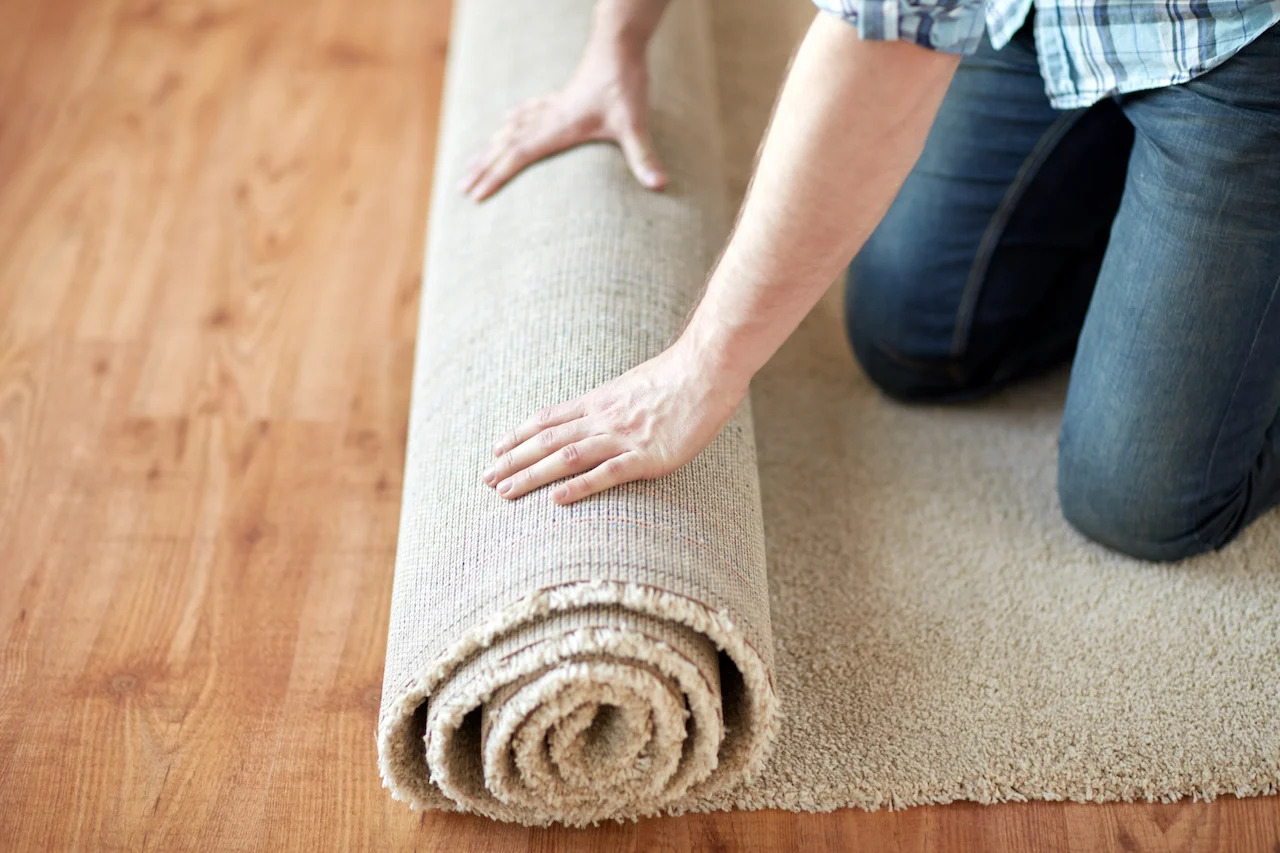
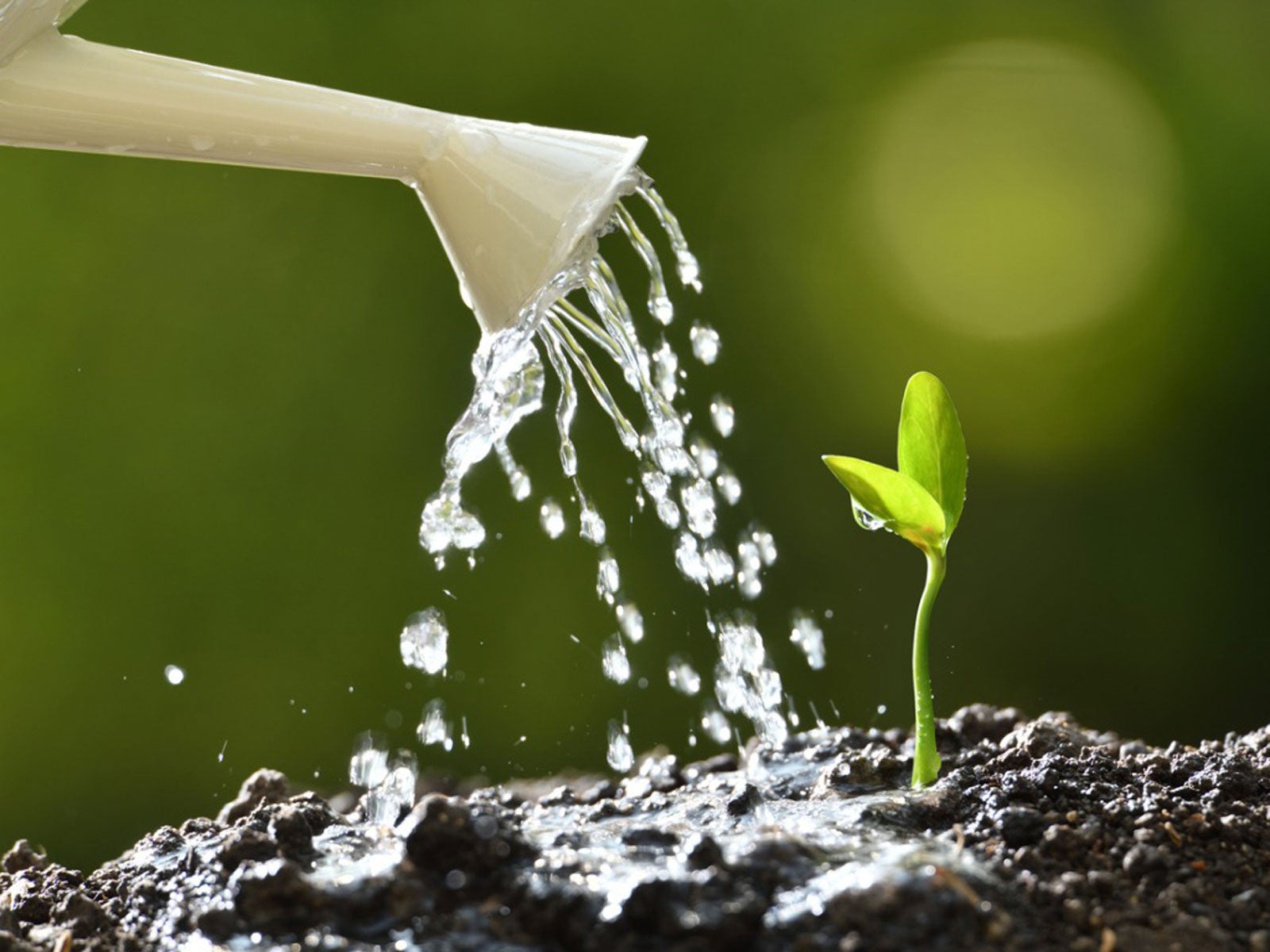
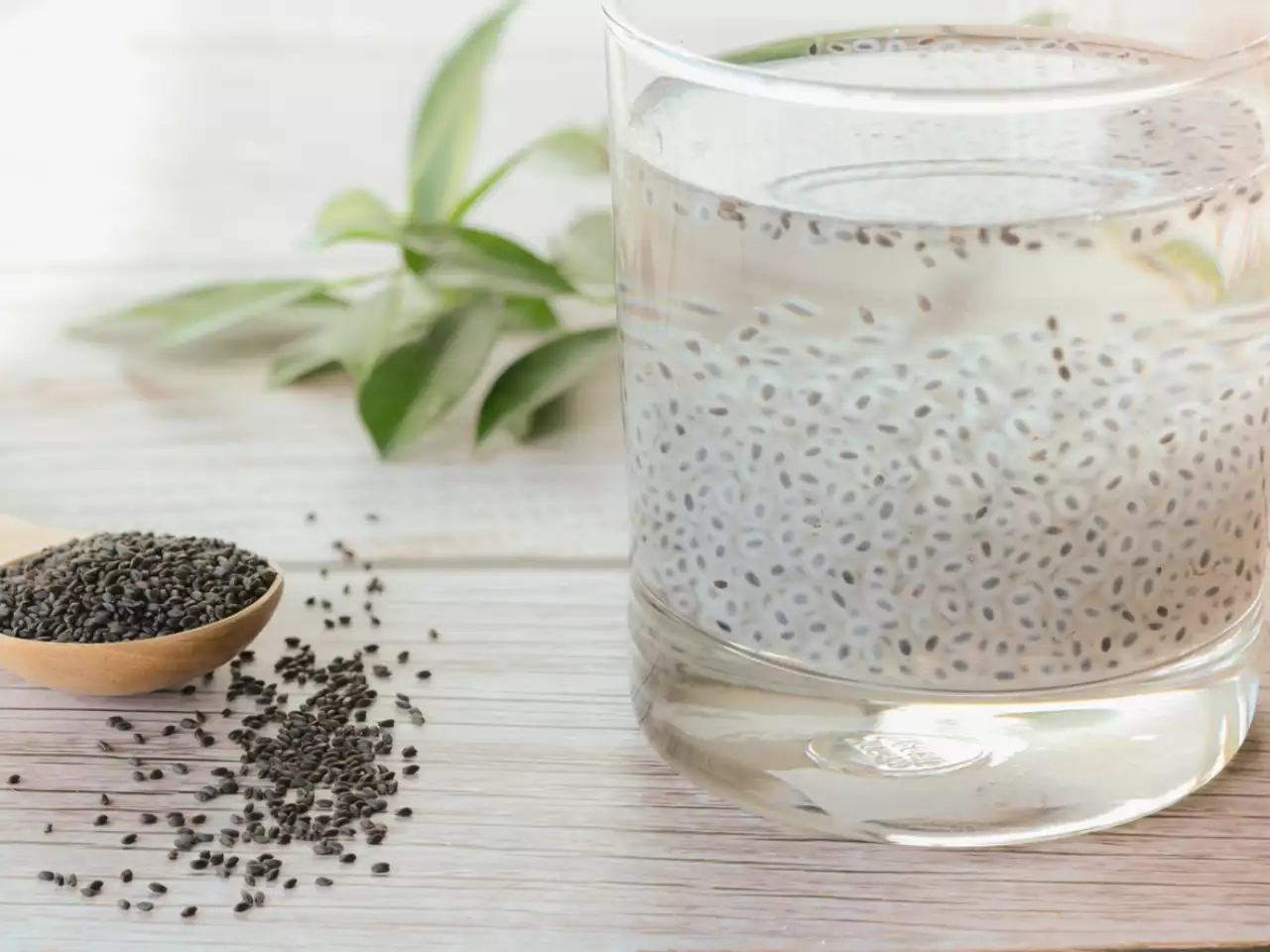

0 thoughts on “How Often Should You Water Your Hanging Baskets?”